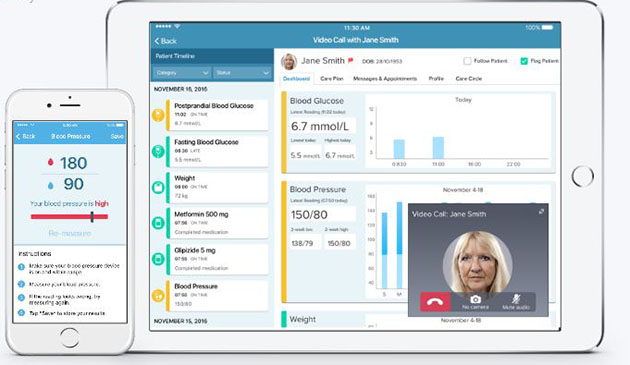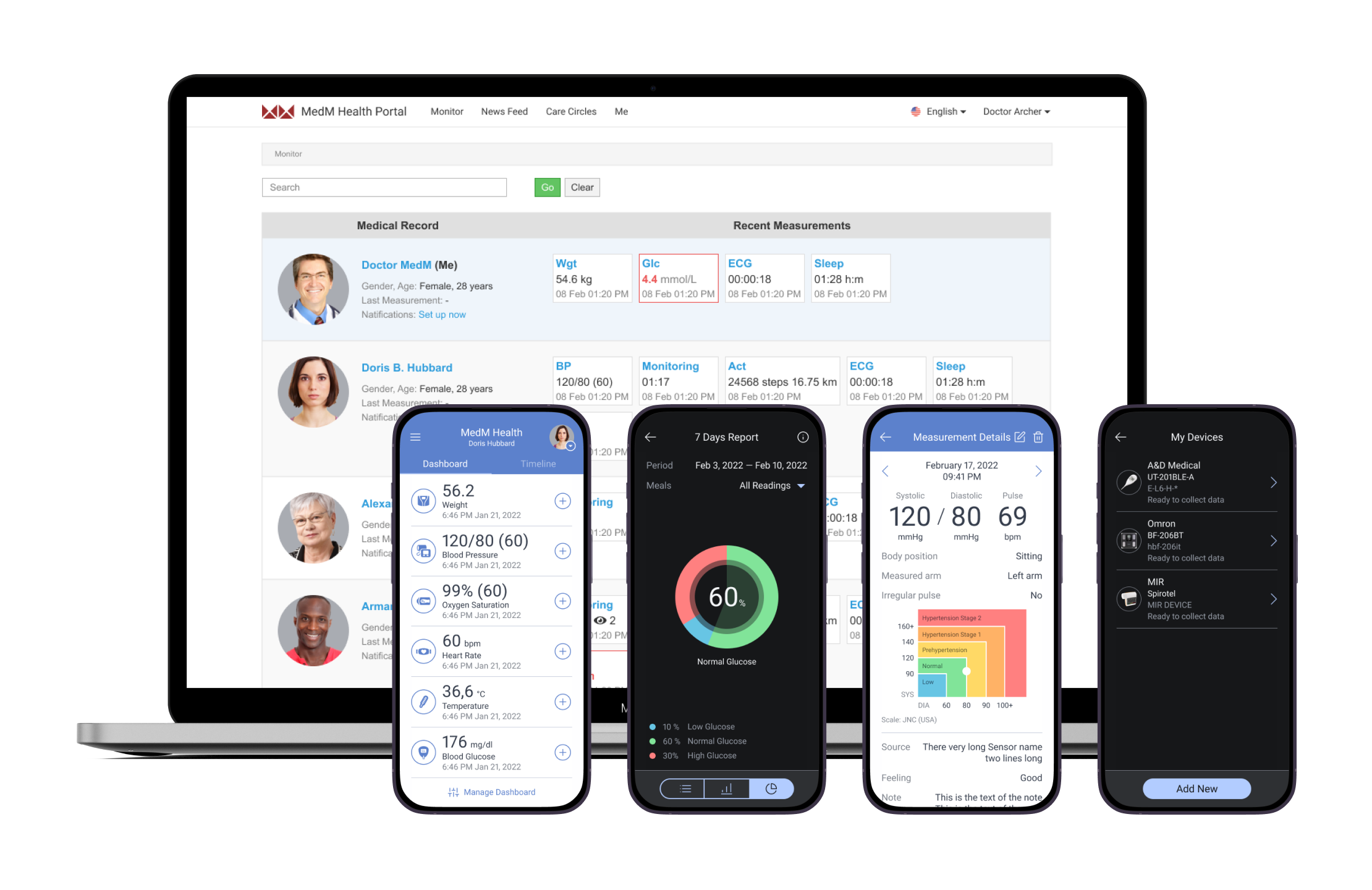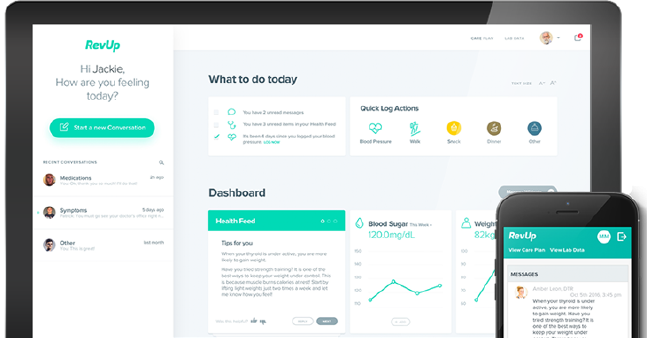Top Remote Patient Monitoring Platform: Streamline Healthcare Procedures
Top Remote Patient Monitoring Platform: Streamline Healthcare Procedures
Blog Article
Discover the Power of Remote Patient Keeping Track Of Innovation

Benefits of Remote Patient Surveillance
What are the vital advantages of using remote person monitoring technology in health care setups? Remote person monitoring innovation uses numerous benefits that can substantially boost patient results and health care effectiveness.
Additionally, remote person monitoring enhances patient engagement and empowers individuals to take an active role in handling their wellness. Individuals can obtain tailored responses, education and learning, and assistance based upon their specific health data, resulting in much better adherence to treatment plans and improved overall health.

Exactly How Remote Tracking Works
Remote monitoring innovation in medical care includes making use of digital tools to gather and track patient information remotely. These gadgets, such as wearable sensors, mobile apps, and linked medical gadgets, constantly check vital signs, signs and symptoms, and various other health and wellness indicators. The accumulated information is after that transferred securely to medical care companies in real-time or at arranged intervals.
The procedure of remote surveillance begins with the setup of the surveillance tool, which is tailored to the specific wellness requirements of the client. Patients are commonly advised on how to make use of the gadgets correctly and are assisted on the frequency of information transmission. As the devices track numerous health and wellness metrics, they generate beneficial insights that aid health care experts assess the person's problem, find any type of concerning patterns, and make educated decisions concerning their care plan.
Remote surveillance modern technology operates with secure data networks and cloud-based systems, making sure the confidentiality and stability of person information. This seamless circulation of information allows prompt treatments, personalized care, and boosted health results for people, especially those with chronic problems or in need of routine surveillance.
Improving Person Engagement
Given the fundamental role that remote surveillance technology plays in medical care, enhancing client interaction is vital to optimizing the benefits of this ingenious technique to care. By proactively including clients in their own wellness administration, remote client monitoring cultivates a sense of empowerment and responsibility.
In addition, remote individual tracking facilitates normal communication in between clients and healthcare groups, enabling for punctual interventions and personalized treatment plans. Involving clients through academic resources, customized feedback, and interactive devices further encourages them to adhere to therapy procedures and take on healthier lifestyle options. Ultimately, by advertising patient interaction, remote monitoring modern technology enhances the high quality of care, boosts health and wellness outcomes, and reinforces the patient-provider connection in a patient-centered and dynamic fashion.
Enhancing Healthcare Effectiveness
Efficient health care delivery depends upon the smooth assimilation of remote client tracking modern technology with existing care systems and process. By including remote patient tracking devices, medical care suppliers can streamline processes, enhance source appropriation, and enhance overall effectiveness in supplying treatment.
One key aspect where remote individual surveillance technology enhances effectiveness is in lowering unneeded healthcare facility visits. With real-time monitoring of client vitals and signs and symptoms from their homes, doctor can step in proactively, preventing complications and minimizing the problem on emergency situation divisions. Furthermore, remote tracking enables for very early detection of health and wellness wear and tear, preventing and enabling prompt treatments health center readmissions.
Moreover, remote person surveillance innovation enables constant data collection, bring about even more customized and targeted care plans. This data-driven strategy assists healthcare experts make informed choices, prioritize risky individuals, and allocate sources efficiently. By incorporating remote tracking modern technology right into existing healthcare systems, providers go to website can boost individual outcomes, boost operational effectiveness, and inevitably, provide better care.
Future Trends in Remote Surveillance

One more key trend is the growth of wearable tools and sensors for continual health tracking. Wearables like smartwatches, fitness trackers, and medical-grade gadgets can track essential signs, activity degrees, and drug adherence, providing a thorough picture of a client's wellness outside typical medical setups.
In addition, the adoption of telehealth services is forecasted to raise, helping with remote examinations, surveillance, and follow-ups. Telehealth not only enhances access to take care of people in remote areas but likewise lowers healthcare costs and enhances general person outcomes. As like this these patterns proceed to advance, remote client tracking is readied to play a crucial role in the future of healthcare delivery, promoting proactive, personalized, and efficient patient care.
Conclusion
In conclusion, remote patient monitoring modern technology supplies countless advantages such as enhanced client interaction, enhanced healthcare efficiency, and potential for future fads in health care. This innovation enables for continuous surveillance of people beyond conventional healthcare settings, bring about far better health and wellness results and minimized medical care expenses - remote patient monitoring software. As remote surveillance continues to evolve, it has the possible to change the method healthcare is supplied and enhance the overall quality of person treatment
Remote client surveillance innovation offers countless benefits that can significantly enhance patient end results and healthcare performance. By actively entailing patients in their very own health administration, remote patient tracking promotes a feeling of empowerment and obligation.In addition, remote client surveillance helps with routine interaction between individuals and healthcare teams, permitting for prompt interventions and individualized treatment plans. As these patterns proceed to evolve, remote individual surveillance is set to play an essential role in the future of healthcare shipment, advertising proactive, customized, and reliable patient care.
In final thought, remote patient tracking modern technology offers many advantages such as improved individual engagement, enhanced healthcare effectiveness, and capacity for future patterns in medical care.
Report this page